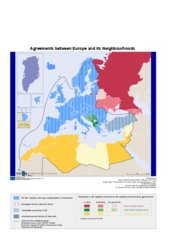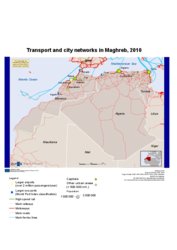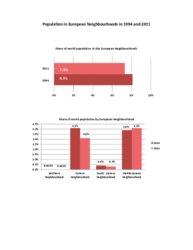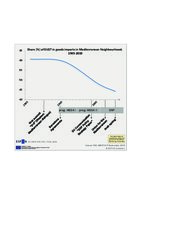European Neighbourhoods
- Posted on May 28, 2014
- By Espon
- In Territorial Observations
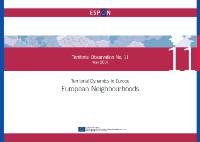 May 2014 - The challenges that Europe faces today, such as international competitiveness, climate change, energy security, demographic aging, all have a territorial aspect and hence a Neighbourhood dimension.
May 2014 - The challenges that Europe faces today, such as international competitiveness, climate change, energy security, demographic aging, all have a territorial aspect and hence a Neighbourhood dimension.
An evidence base is needed by policy makers and practitioners in Europe, but also in the Neighbourhood, to understand and tap potentials, and cooperate on joint challenges and opportunities.
This Territorial Observation draws on ESPON research that has been undertaken by researchers from many different countries in and around Europe. It gives a snapshot of the current relationships across the EU’s borders.
ESPON Territorial Observation No. 11 on European Neighbourhoods is available below.
More information
Contact the ESPON Coordination Unit at info@espon.eu
Documents
TO11 - European Neighbourhoods
|
||
Map 1. Agreements between Europe and its Neighbourhoods
|
||
Map 2. Age groups in Europe
|
||
Map 3. Active population with high education
|
||
Map 4. Net energy trades
|
||
Map 5. Energy networks
|
||
Map 6. Territorial connectivity to road, rail and airports
|
||
Map 7. Transport networks in the Western Balkans
|
||
Map 8. Transport and city networks in Maghreb
|
||
Map 9. Environmental pressures in coastal and maritime regions
|
||
Figure 1. Population in European Neighbourhoods
|
||
Figure 2. GDP per capita in European Neighbourhoods
|
||
Figure 3. GDP at current prices in European Neighbourhoods
|
||
Figure 4. Cooperation versus real regional integration
|

